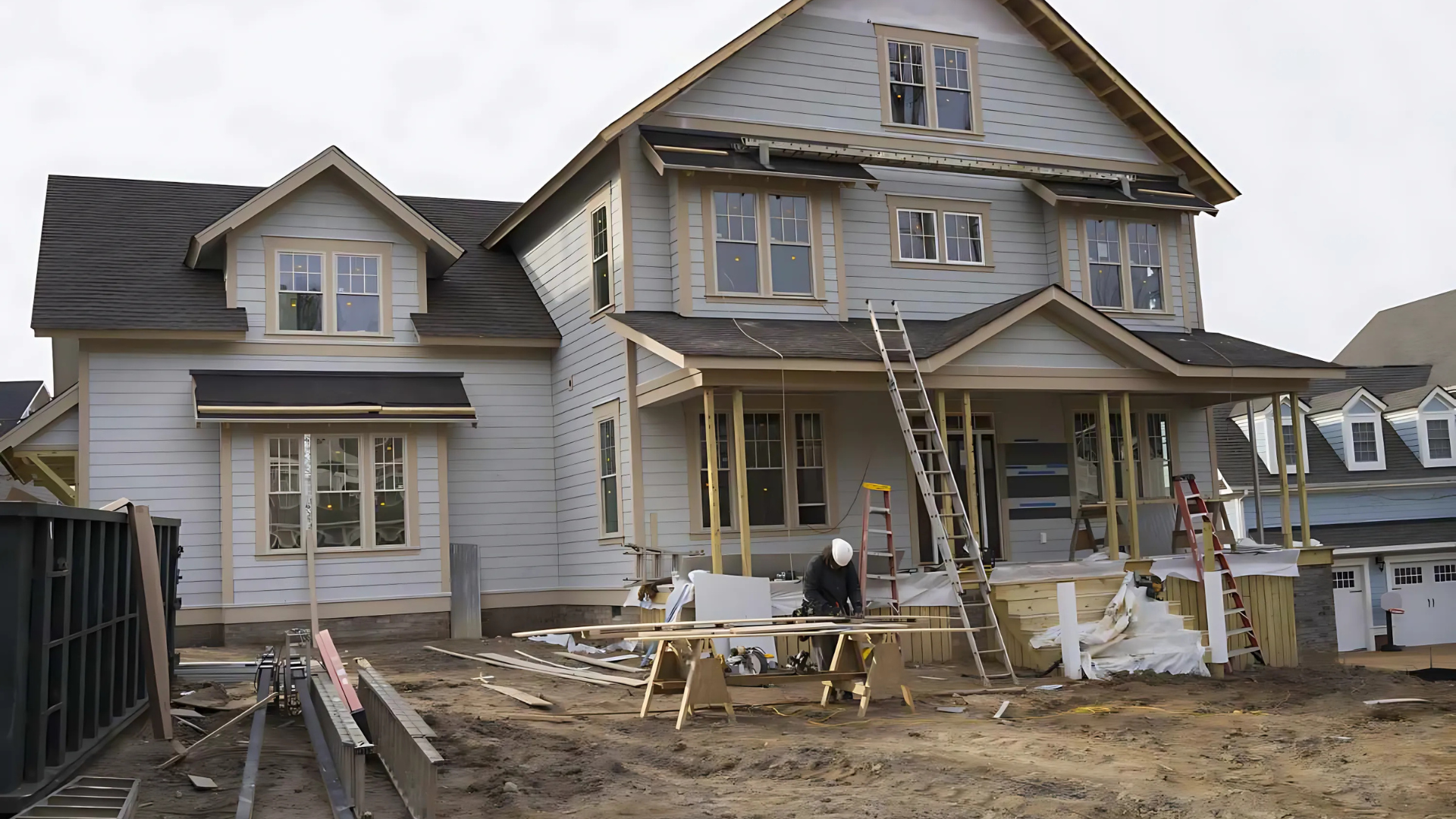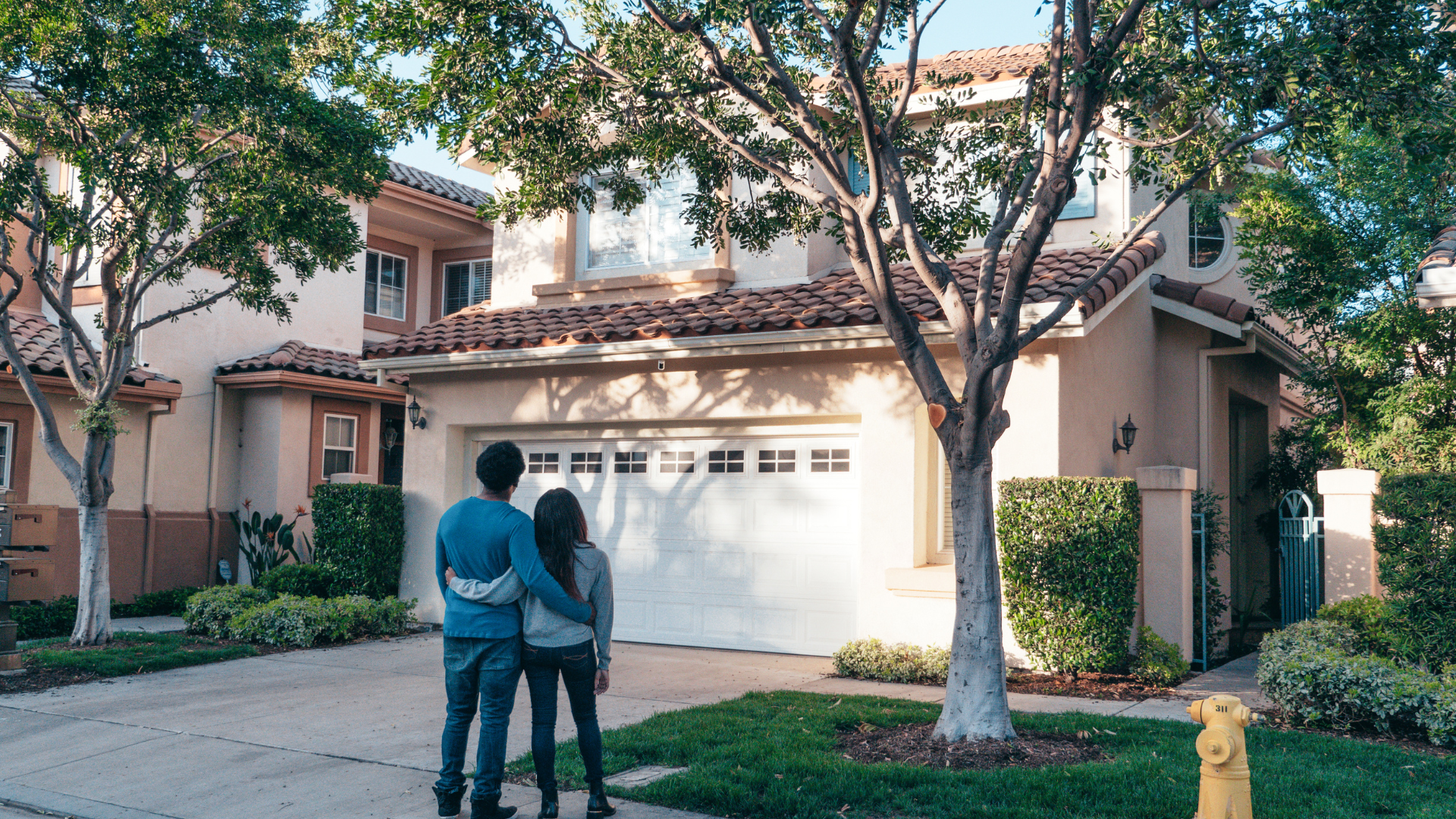Every parent wonders when their baby will start talking. Those first words feel like magic, and it’s natural to watch for signs of progress. But speech doesn’t follow the same timeline for every child.
Some little ones babble nonstop early on, while others take their time before words come out clearly. I’ve seen how those differences can make parents curious, and sometimes a little anxious.
Today, I’ll walk you through the typical stages of speech development, why the range is so wide, and simple ways to encourage your child to talk with confidence. Let’s begin with the basics.
Understanding Typical Speech Development
Every child grows at their own pace, but there are some general stages of speech development. These can help you know what to expect without turning milestones into pressure points.
Most babies follow a loose timeline when it comes to talking. Around 6 months, many begin making babbling sounds like “ba-ba” or “da-da.”
By 12 to 18 months, babies may say clear first words such as “mama” or “ball,” which is also the age at which most parents wonder, When do babies say their first word?
By age 2, children often start stringing two or three words together into simple phrases. These stages are only guidelines, not strict rules.
Some little ones talk earlier, while others take longer, and both can be perfectly normal.
Why the Range is so Wide
Not every child learns to talk at the same pace, and several factors can influence when words begin to appear.
Personality plays a role, since some kids are naturally quiet observers while others start chattering early. Having siblings can make a difference, too, as younger children often pick up words more quickly by copying older brothers or sisters.
Daily exposure to conversation, songs, and stories also helps children connect sounds with meaning. Even the environment matters, because a calm and encouraging space gives kids the confidence to try out new words.
When Do Babies Start Talking: Speech Development Timeline

Children develop speech in stages, with each step building upon the last. This timeline gives you an idea of what many parents notice, but remember it’s only a guide. Kids may move faster or slower, and that’s perfectly okay.
1. Cooing and Responding: 0–3 Months
In the earliest months, babies communicate with coos, sighs, and soft sounds. They also start responding to voices, turning their heads toward familiar sounds. Smiles and coos are their way of connecting before words ever arrive.
2. Babbling and Playful Sounds: 4–6 Months
This is when the fun begins. Babies start experimenting with their voices by babbling. You’ll hear strings of sounds like “ba-ba” or “da-da.” They enjoy the back-and-forth when you respond, almost like a little conversation.
3. First Meaningful Syllables: 6–12 Months
Babbling becomes more complex and purposeful. Some syllables start to sound like real words, and babies often repeat them. You might notice them trying to copy the rhythm of speech, even if the words aren’t clear yet.
4. First Words Appear: 12–18 Months
This stage brings the excitement of hearing your child’s first clear words. “Mama” and “dada” are common, but words for favorite toys, pets, or food often come next. Each child’s list of first words is unique and often surprising.
5. Vocabulary Boom and Short Sentences: 18–24 Months
By this stage, words can come quickly; sometimes new ones almost daily. Kids may put two words together, like “more juice” or “go outside.” You’ll notice them using language to express wants, needs, and feelings.
6. Stringing Sentences Together: 2–3 Years
Toddlers begin forming longer sentences, typically consisting of three or four words. They can tell you what they want, describe what they see, or ask simple questions. Speech may not always be clear, but the leap in communication is big.
Each stage matters, even the early coos, because they set the foundation for words and sentences later on.
How to Encourage Your Child to Talk
Parents can play a big role in helping kids find their words. Simple daily habits often make the biggest difference.
- Daily conversations and narration: Engage in conversation with your child during everyday routines. Describe what you’re doing, like “I’m pouring the milk” or “We’re putting on socks.” Hearing language in context helps them connect words with actions.
- Reading and singing: Share picture books and sing simple songs. Repetition of stories and rhymes helps build word memory and makes learning enjoyable.
- Interactive games and imitation: Play games like peek-a-boo or copy animal sounds. Kids learn by repeating and copying what they hear in playful settings.
- Reducing screen time: Excessive passive screen time can hinder genuine conversation. Face-to-face interaction provides children with the opportunity to practice sounds and words.
- Encouraging turn-taking: Treat babbles like part of a conversation. Pause, respond, and wait for your child’s “reply.” This teaches the rhythm of back-and-forth talking.
Helping your child learn to talk doesn’t require anything fancy. It’s about showing up, talking often, and making communication part of everyday life.
What if Your Baby Doesn’t Start Talking

Most children find their words in their own time, but sometimes its important to know when extra attention might be needed.
Spotting early signs can give parents reassurance and ensure kids get support if they need it:
- Red flags: No clear words by around 15 months, or very limited words by age 2.
- Signs of hearing issues: Not responding to sounds, not turning toward voices, or seeming unaware when spoken to.
- Importance of early intervention: Support given early makes a big difference in speech and language progress.
When to Seek Professional Help
If concerns continue, professionals can guide you and your child toward better communication. A pediatrician is the first step, checking milestones and ruling out medical issues.
Speech therapists use play and activities to build language skills. Many communities also provide early intervention services for children under 3, often at low or no cost. To begin, ask your pediatrician or local health department for referrals.
Every child’s journey with speech is unique. What matters most is noticing possible red flags and knowing that help is available.
With patience and the right guidance, children usually catch up and begin to express themselves in their own time.
Myths About Talking
When it comes to speech, parents hear a lot of advice and opinions. Some of it is true, but many beliefs are just myths that cause unnecessary worry. Here are some of the most common ones:
Early talkers = higher IQ?
Speaking early doesn’t necessarily mean a child has a higher IQ. Intelligence manifests in many ways, and kids who start talking later can be just as bright.
Do girls talk earlier than boys?
Girls may sometimes talk a little earlier, but the difference is small. Both boys and girls usually fall within the same range.
Bilingual children starting later?
Growing up with two languages doesn’t delay speech. Kids may mix words at first, but that’s normal and often leads to stronger language skills later.
Myths can create pressure, but speech unfolds differently for every child. What matters most is steady progress and a supportive environment.
Final Thoughts
Every child’s path to language is special, shaped by daily interaction, environment, and encouragement.
While there’s no single timeline for when kids start talking, what truly matters is steady growth and engagement. Simple habits, such as responding to your child’s sounds or describing everyday moments, often lead to significant progress over time.
Stay patient, celebrate small wins, and trust that your child is learning more than you realize with each word and gesture.
If you’d like more guidance on early development, parenting, or communication tips, read my other blogs for helpful insights and practical advice.










